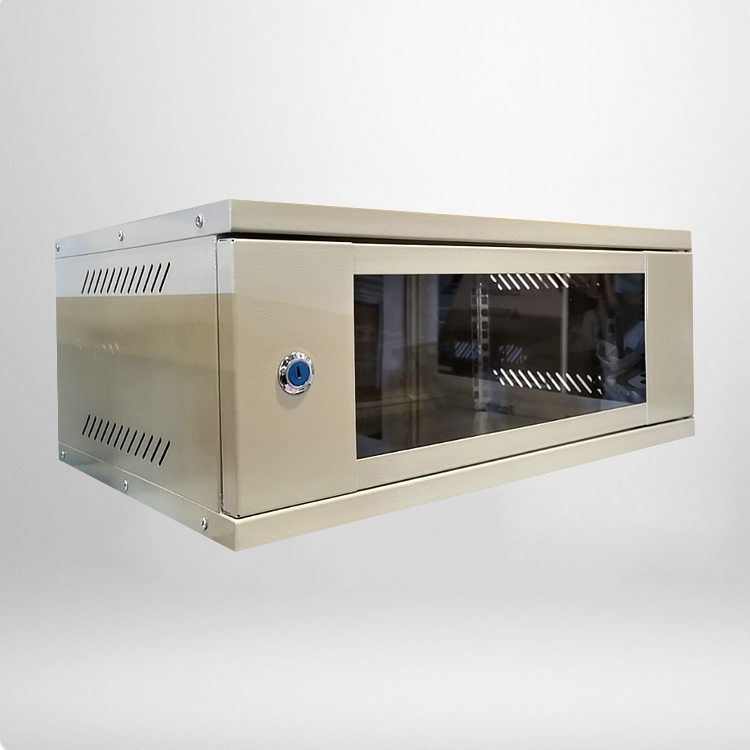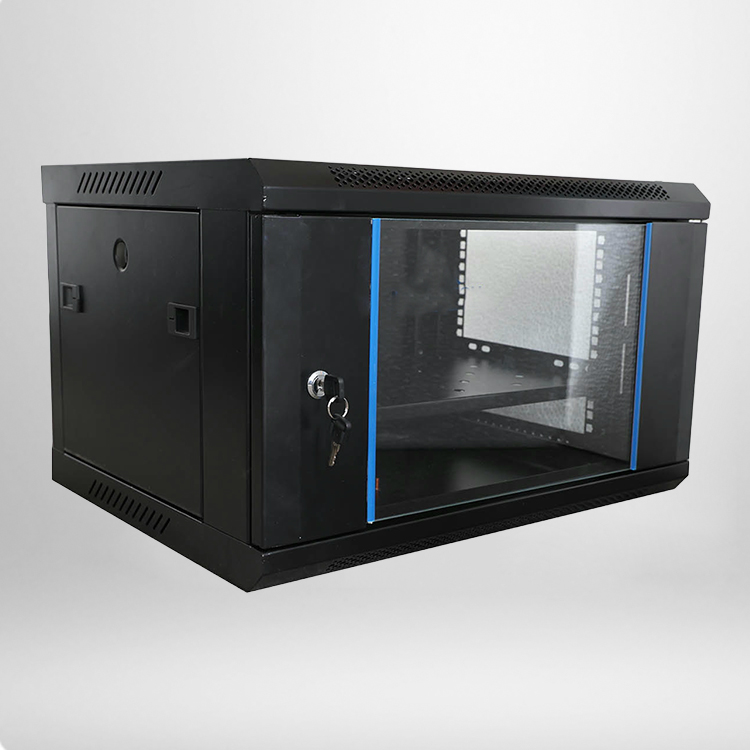
Wall mounted network cabinets, or wall network cabinets, are compact, space-efficient solutions designed to house and organize networking equipment in environments where floor space is limited. Unlike floor-standing cabinets, these units attach directly to walls, making them ideal for small offices, retail stores, educational facilities, and remote IT closets. Their role in protecting sensitive gear while streamlining cable management has made them a staple in modern network infrastructure.
The design of wall network cabinets prioritizes both functionality and durability. Most models feature a steel or aluminum frame, offering robust protection against physical damage, dust, and minor moisture exposure—critical for preserving equipment like routers, switches, patch panels, and small servers. Sizes vary to accommodate different equipment loads: compact units (12-24 inches in height) suit basic setups with 2-4 devices, while larger cabinets (30-42 inches) can hold multiple switches and auxiliary gear. Key design elements include adjustable mounting rails, which allow flexibility in equipment placement, and vented panels or built-in fans to prevent overheating. Many cabinets also include lockable doors to restrict unauthorized access, a essential feature for safeguarding confidential network data.
Functionally, wall network cabinets address two primary challenges: equipment organization and cable management. Without proper housing, network devices often become cluttered, leading to tangled cables that complicate maintenance and increase the risk of accidental disconnections. These cabinets solve this by providing dedicated spaces for each device, along with cable management accessories like cable rings, tie-down points, and rear cable channels. This structured layout not only improves airflow around equipment (reducing overheating risks) but also makes troubleshooting faster—technicians can easily trace cables and access devices without disrupting the entire system. Additionally, the enclosed design shields equipment from environmental factors like dust buildup, which can degrade performance over time.

When selecting a wall network cabinet, several factors should be considered. First, equipment capacity: calculate the number of devices (and their dimensions) to ensure the cabinet has enough internal space and mounting slots (measured in “rack units,” where 1U = 1.75 inches). Second, environmental conditions: in areas with high humidity or temperature fluctuations, choose cabinets with IP (Ingress Protection) ratings—IP54 or higher for dust and water resistance. Third, weight capacity: wall-mounted units have specific weight limits (typically 50-150 pounds), so ensure the total weight of equipment (plus the cabinet itself) does not exceed this threshold. Finally, accessibility: opt for cabinets with front and rear doors (or removable side panels) to allow easy access during installation and maintenance.
Installation best practices are crucial for safety and performance. Start by selecting a sturdy wall (concrete or solid wood is preferred over drywall alone) and use appropriate mounting hardware (expansion bolts or heavy-duty screws) to secure the cabinet. Ensure the cabinet is level to prevent equipment from shifting, and leave at least 6 inches of clearance around vents for proper airflow. When mounting devices, distribute weight evenly to avoid strain on the cabinet frame, and use cable management tools to keep wires organized. After installation, test the cabinet’s stability and check that all equipment powers on correctly.


